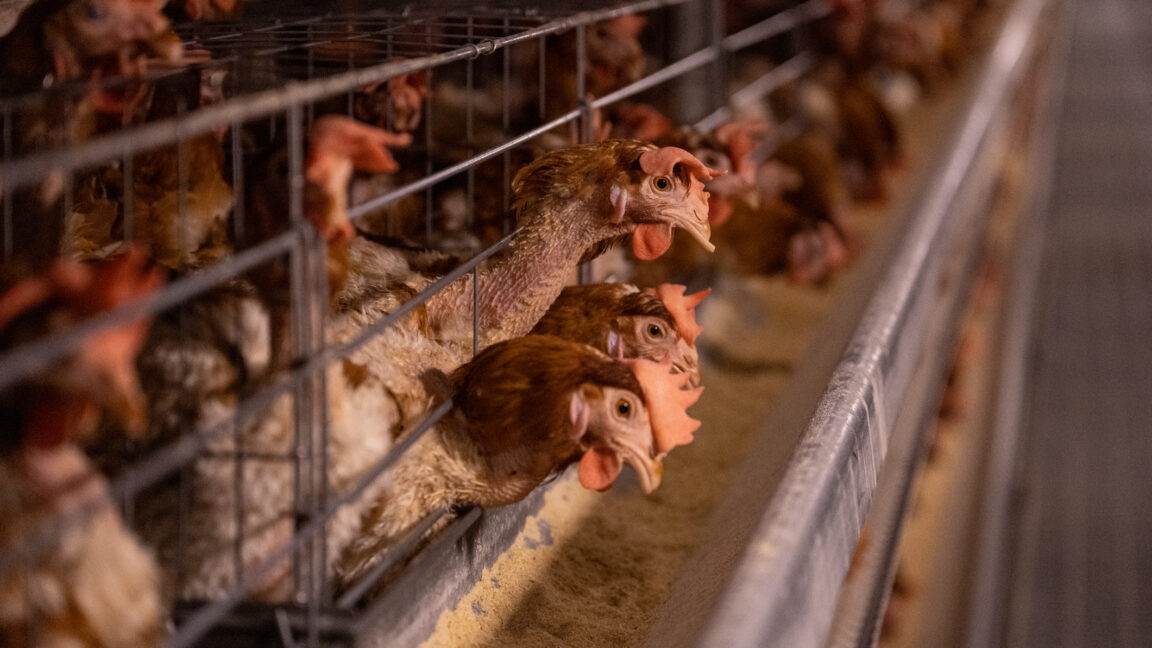
"H5N1 influenza, a highly pathogenic bird flu, has emerged in dairy cows in Texas, marking a significant shift in its historical spread among birds."
"This is the largest animal disease outbreak we've ever had, impacting various mammals and causing economic turmoil in poultry and dairy industries."
"Although the risk to public health is currently rated low, the potential for H5N1 to acquire the ability for human-to-human transmission remains a significant concern."
"The virus has infected over 960 people globally since 2003, with a high fatality rate, illustrating the serious implications its spread poses."
The emergence of H5N1 influenza in dairy cows in the Texas Panhandle in early 2024 marks a significant evolution in its nearly three-decade presence. This highly pathogenic avian influenza has caused substantial outbreaks among various mammals globally, including wildlife and domesticated animals, presenting challenges for the poultry and dairy industries. Despite its lethality in birds and mammals, the immediate public health threat remains low, as the virus has yet to transfer easily between humans; however, experts warn that this situation could change quickly, accentuating the pandemic risk.
Read at Ars Technica
Unable to calculate read time
Collection
[
|
...
]